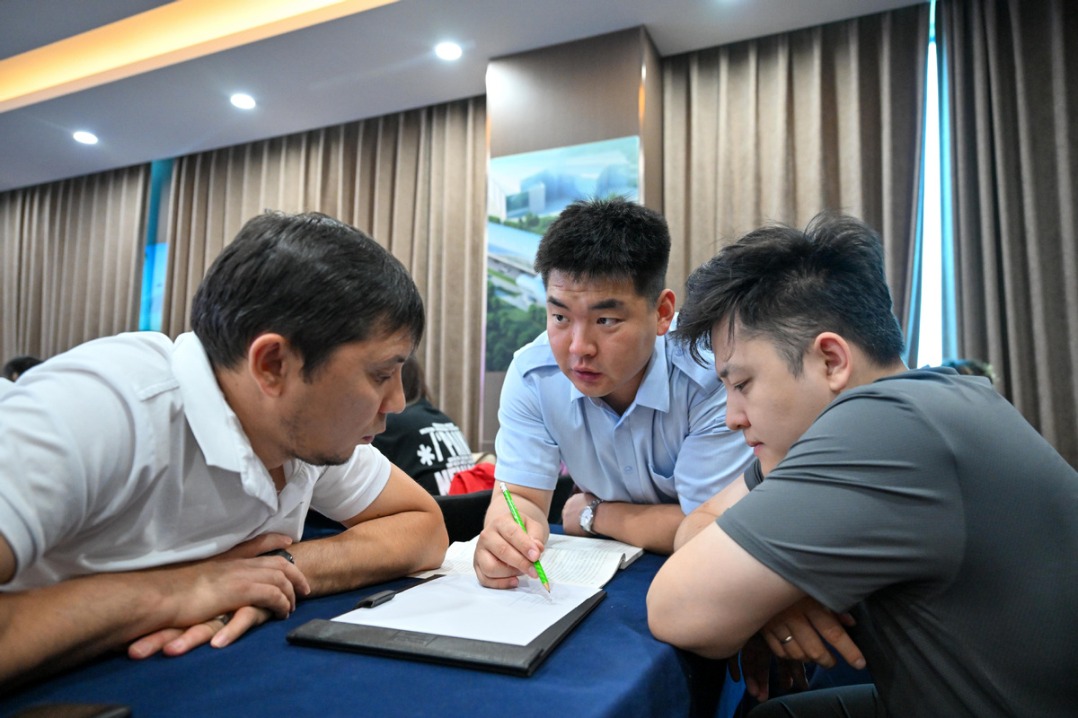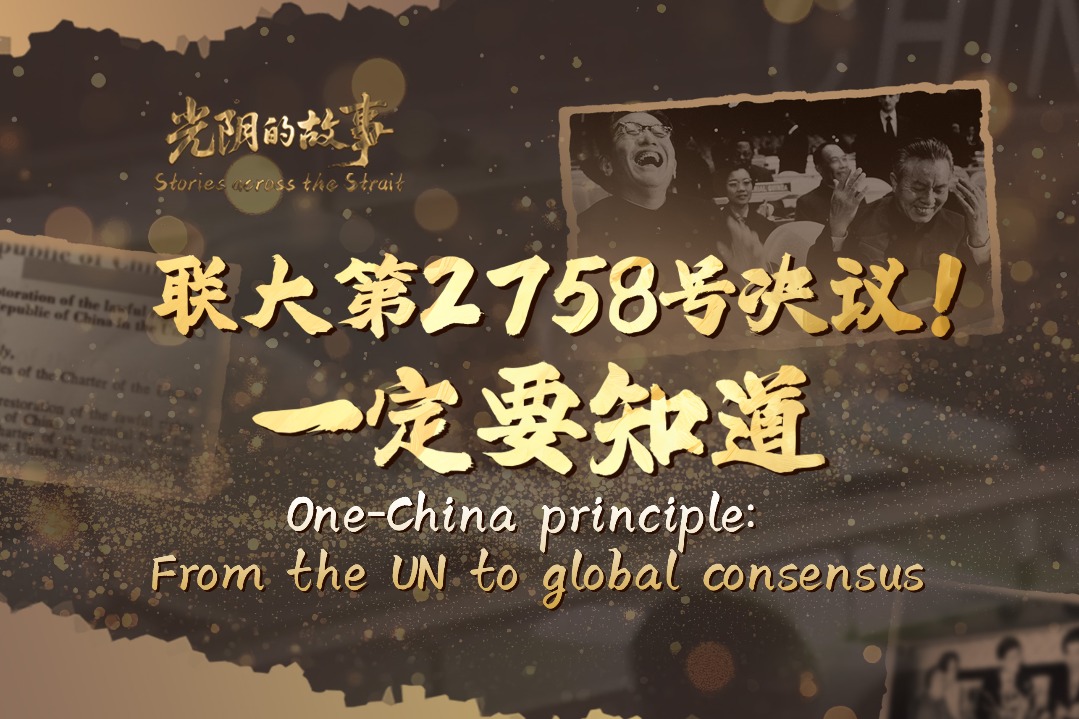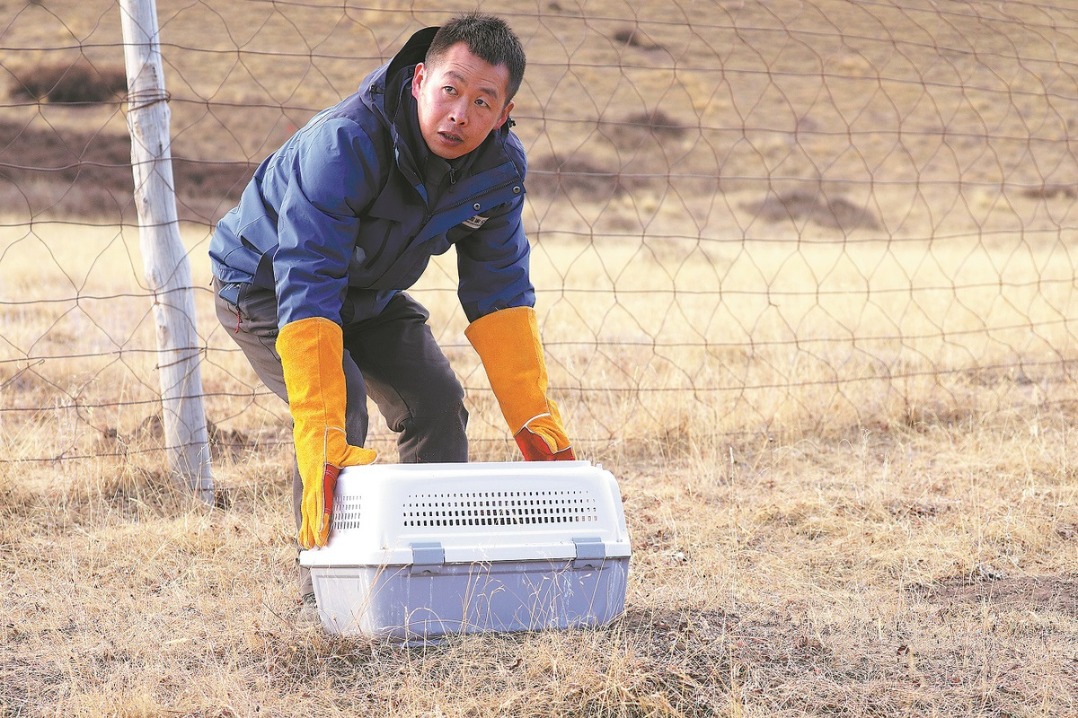New method brings hope for tumor treatment

Chinese scientists have developed a new method that enhances tumor immunotherapy, including the widely popular Bispecific T-cell engager, or BiTE therapy, by precisely labeling tumor cells and increasing their attraction signal to T cells, the body's "patrolling police".
With this tool, the T cells can effectively target and destroy tumor cells. This approach can also stimulate a lasting systemic anti-tumor effect shown in their mouse tumor models, said the research team from the Center for Excellence in Molecular Cell Science, Chinese Academy of Sciences.
The study has shown promising results in not only laboratory mice but also in vitro clinical human tumor samples, potentially paving the way for the development of smarter, more efficient, and lower-toxicity next-generation immunotherapies, the scientists said.
A paper on the research, which applied proximity labeling — an existing research tool for observing "social networks" of molecules inside living cells — to immunomodulation for the first time, was published on the website of the journal Nature on Wednesday.
T cells need strong "signals", determined by the density of antigen on the surface of cancer cells, for activation and attack. However, many tumor-associated antigens are not expressed at a high enough density on the cancer cell surface, which eventually leads to suboptimal treatment outcomes, said Han Shuo, the leading scientist on the team and the corresponding author of the paper.
To address this problem, the research team reinvented the technique of proximity labeling, aiming to amplify targeting signals on the tumor cell surface, thereby marking the cells that need to be attacked by the immune system.
They devised an engineered nanozyme, PCN, which can be activated by red light or ultrasound. The nanozyme is first delivered to the surface of tumor cells, after which external red light or ultrasound provides precise local activation at the tumor site. The nanozyme activated by red light or ultrasound rapidly catalyzes the attachment of a large number of probe molecules with an artificial antigen to cell-surface proteins within a few nanometers.
"Such a process is like 'planting' a high-density cluster of artificial antigens on the surface of the target tumor cells," Han said.
"These in-situ constructed, high-density antigen clusters become a super beacon for immune cells. Using a specific molecule that can simultaneously bind to both the artificial antigens and T cells, these clusters can efficiently recruit and gather T cell receptors. This powerfully activates the T cells, significantly enhancing their ability to recognize and kill tumor cells," he said.
This approach not only eliminates the treated tumors, but also triggers a systemic immune response, the researchers said. The highly efficient tumor-killing process releases a large number of tumor antigens, which in turn stimulate the body's immune system to attack distant, untreated tumors and establish long-term immunological memory, preventing tumor recurrence.
"In lab tests on mice, we observed such long-term immunological memory for more than 60 days," Han said.
Li Shuojun, the first author of the paper and a postdoctoral researcher from Han's team, said that the technology was applied in laboratory petri dishes containing human tumor samples from eight patients treated at the Zhongshan Hospital in Shanghai, with seven of them showing significant effects. The eight samples were from patients with HER2-positive breast cancer, gastric cancer or colorectal cancer.
A key advantage of the approach is that it ensures high treatment specificity through precise physical control by red light or ultrasound, thus protecting healthy tissues, Han added.
- New method brings hope for tumor treatment
- Trade Union Law bolsters protection of labor rights
- Integrating culture and tourism improves economy
- Report details climate change progress, as well as challenges
- Mainland critical of DPP's 'independence' agenda
- 'Coffee tourism' aims at integrated development





































